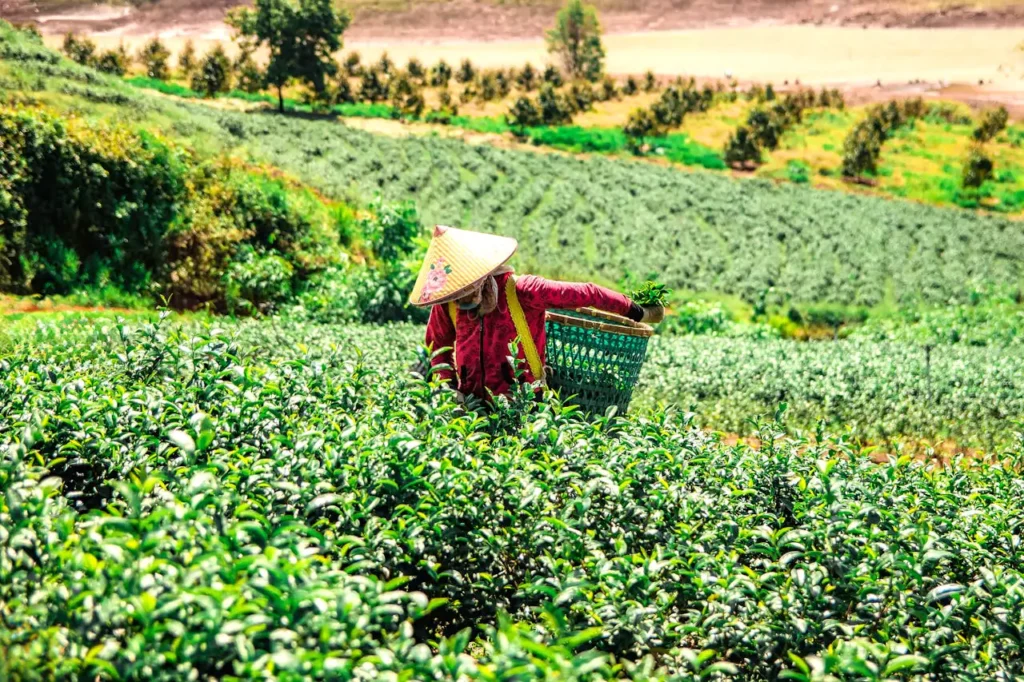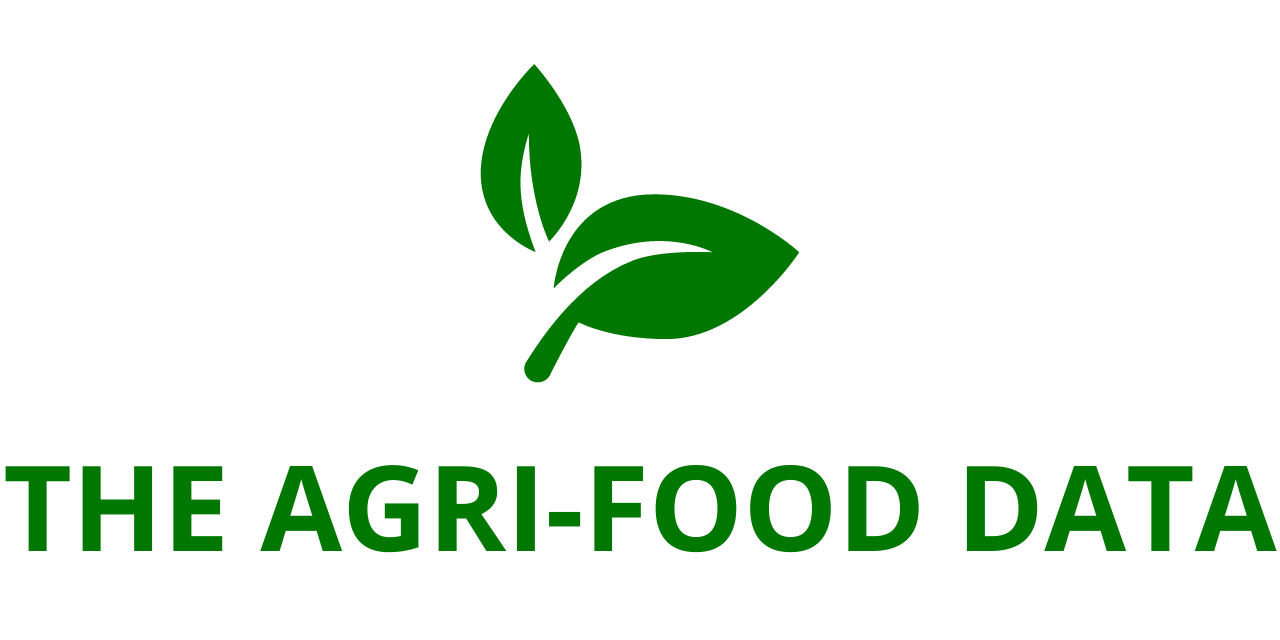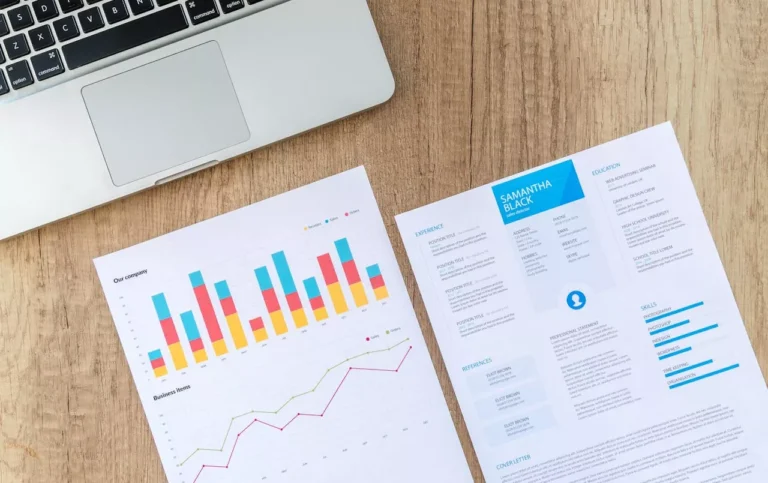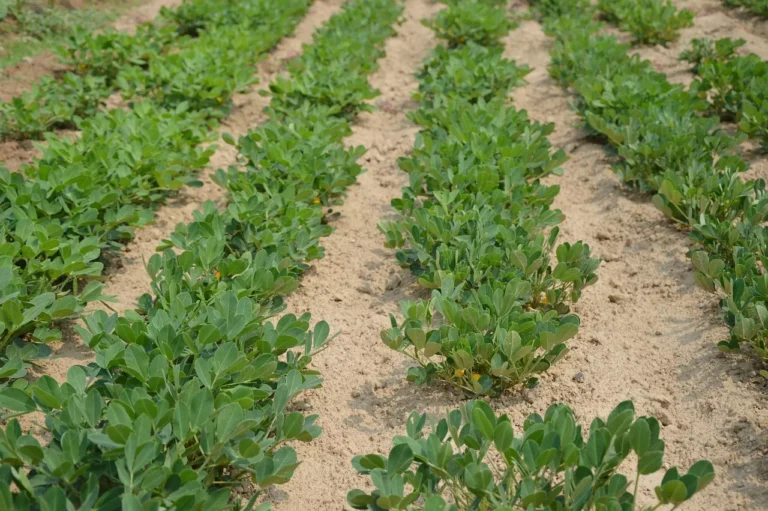
Regenerative Farming Bayer to Release First Carbon Credits from Regenerative Farming in India
Bayer has announced the issuance of its first tranche of carbon credits, generated by thousands of rice farmers in India who have adopted regenerative agricultural practices, particularly direct seeded rice (DSR) farming. These carbon credits, amounting to as much as 250,000 tonnes of carbon dioxide equivalent (CO2e), are currently undergoing validation, certification, and issuance by Gold Standard, a leading authority in the voluntary carbon market. Once certified, these credits will be available for climate-conscious companies seeking to offset greenhouse gas (GHG) emissions while supporting water conservation and regenerative agricultural practices at scale within smallholder farming communities.
Expanding the Reach of the Bayer Rice Carbon Program
The Bayer Rice Carbon Program has been successfully implemented across 11 states in India, engaging thousands of farmers in the transition to more sustainable cultivation methods over the past two years. This initiative represents Bayer’s first issuance of carbon credits in Asia resulting from regenerative crop production.
Among the various techniques being adopted, direct seeded rice (DSR) farming, alongside alternate wetting and drying (AWD), has emerged as a crucial method for generating these credits. Regenerative Farming Unlike conventional rice farming, which involves labor-intensive transplanting in flooded fields, DSR allows farmers to sow seeds directly into the soil, reducing water consumption and methane emissions from decomposing organic material in flooded paddies.
“The Bayer Rice Carbon Program is generating hundreds of thousands of high-quality carbon credits. With this large-scale pilot feeding into even bigger projects across the region, many more credits are in the pipeline,” said George Mazzella, Vice President of Ecosystem Services Business Development at Bayer’s Crop Science division.
In addition to reducing methane emissions, the program provides multiple benefits for farmers. By adopting DSR and AWD methods, farmers experience reduced labor and water usage, which can lead to lower cultivation costs and higher profitability. Regenerative Farming As part of the initiative, Bayer offers participating farmers ongoing crop advisory services to support their transition to these sustainable farming practices.
“Our teams on the ground are working closely with farmers to help them navigate the shift to new techniques,” Mazzella added. “This hands-on support is key to ensuring their long-term success and prosperity, and it is also what sets this program apart from others.”
The Environmental Impact of Traditional Rice Farming
Rice farming is one of the most water-intensive agricultural practices in the world, with approximately 80% of the global rice crop being grown using traditional flooded paddy fields. In this conventional method, rice seedlings are first grown in nurseries and later transplanted into plowed, leveled, and flooded fields. Regenerative Farming Farmers must maintain a constant water level throughout the growing season to ensure proper plant establishment and growth. Just before harvest, Regenerative Farming the fields are drained, allowing the rice plants to mature and be harvested.
While effective, this method has significant environmental drawbacks. The prolonged submersion of organic material in flooded fields leads to anaerobic decomposition, releasing large amounts of methane—a greenhouse gas that is 28 times more potent than carbon dioxide over a 100-year period and 84 times more potent over a 20-year timescale, according to the European Commission.
By shifting from transplanted puddled rice cultivation to direct seeded rice, the Bayer Rice Carbon Program significantly reduces methane emissions, making rice farming more sustainable. Furthermore, the AWD technique helps in reducing overall water usage while maintaining crop yields, making it an attractive alternative in regions facing water scarcity.
The Role of Regenerative Agriculture in Combating Climate Change
Regenerative agriculture aims to restore soil health, improve water efficiency, and increase biodiversity while reducing GHG emissions. Regenerative Farming The practices promoted under the Bayer Rice Carbon Program align with these goals by focusing on on-farm outcomes that benefit both farmers and the environment.
“Direct seeded rice is an important regenerative practice that reduces emissions of a potent greenhouse gas, and we are excited to see the first carbon credits coming out of it,” said Frank Terhorst, Head of Strategy and Sustainability at Bayer’s Crop Science division. “For us, regenerative agriculture is all about on-farm outcomes, driven by production systems that not only create value for farmers but also make farming more resilient while benefiting Regenerative Farming the environment. In the long run, such systems enable farmers to produce more food without starving the planet.”
As climate change continues to threaten global food production, initiatives like the Bayer Rice Carbon Program play a crucial role in developing sustainable agricultural solutions. By providing incentives for farmers to adopt eco-friendly practices, carbon credit programs create economic opportunities while mitigating climate change.

Supporting Farmers and Scaling Up Sustainable Practices
A key aspect of the Bayer Rice Carbon Program is its farmer-centric approach. Participating farmers receive ongoing support from Bayer’s agricultural advisors, helping them navigate the technical and operational aspects of DSR and AWD implementation. Regenerative Farming This guidance ensures a smooth transition and maximizes the benefits of these practices.
For many smallholder farmers in India, the economic and environmental benefits of regenerative agriculture can be life-changing. Reduced water dependency lowers production costs, making farming more financially viable, while improved soil health contributes to long-term sustainability. Additionally, participation in the carbon credit market offers farmers an additional revenue stream, providing them with financial incentives to continue adopting climate-smart practices.
Given the success of the program so far, Bayer is looking to expand its efforts, bringing more farmers into the initiative and scaling up its impact across Asia. The company aims to drive long-term transformation in rice farming, fostering resilience against climate change while supporting the livelihoods of smallholder farmers.
The Future of Carbon Credit Markets and Sustainable Agriculture
The voluntary carbon market continues to grow as more companies commit to reducing their carbon footprints. With increasing demand for verified carbon credits, programs like Bayer’s provide an avenue for businesses to invest in tangible, high-impact climate solutions.
Companies interested in purchasing carbon credits through the Bayer Rice Carbon Program can do so by reaching out to Bayer’s Ecosystems Services team. Regenerative Farming By supporting such initiatives, businesses not only offset their own emissions but also contribute to a more sustainable and resilient global food system.
As the world seeks solutions to reduce GHG emissions and promote climate-friendly agriculture, Bayer’s initiative in India stands as a model for how corporate partnerships with farmers can drive meaningful environmental and economic benefits. Regenerative Farming With the right incentives, education, and support systems in place, regenerative agriculture has the potential to reshape the future of farming, ensuring food security while protecting the planet for future generations.





